The 7th Annual Brain Research Through Advancing Innovative Neurotechnologies® (BRAIN) Initiative Investigators Meeting was held June 15 to 17, 2021 on a completely virtual platform. This virtual event was spurred by the success of last year’s virtual BRAIN Investigators meeting, as well as the continued precautions against COVID-19. As was the case last year, thousands of investigators, trainees, agency representatives, and members of the media attended from around the world — many of whom would not have been able to participate had it been an on-site event.

Figure 1. The entrance to the virtual event.
Plenary Keynotes
This year’s plenary keynote speakers focused on the latest and greatest in U.S. BRAIN Initiative advances in science and technology. There were six plenary keynote talks.
The first plenary talk kicked off the 7th Annual BRAIN Investigators Meeting on June 15, 2021 and was given by Dr. Erich Jarvis (Howard Hughes Medical Institute (HHMI) and The Rockefeller University). He discussed the brain pathways for vocal learning and spoken language. To do this, he focuses on three levels of analysis: behavioral, anatomical, and genetic. Dr. Jarvis and his team have discovered that vocal learning circuits are embedded within motor circuits. He also described the continuum hypothesis of vocal learning. Dr. Jarvis was introduced by Dr. Debara Tucci, director of the National Institute on Deafness and Other Communication Disorders (NIDCD).
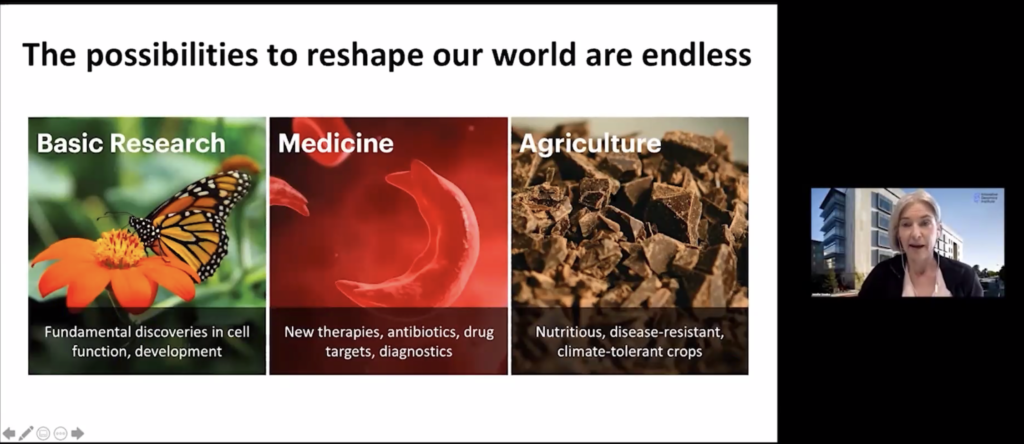
Figure 2. The second plenary keynote was given by Nobel Prize winner, Dr. Jennifer Doudna, on the CRISPR gene editing system.
The next plenary talk was delivered by co-winner of the 2020 Nobel Prize in Chemistry, Dr. Jennifer Doudna (HHMI and University of California, Berkeley). She discussed the discovery of CRISPR, ethically applying CRISPR techniques, and how genome targeting works. She also described a new enzyme that constitutes a hypercompact genome editor, the Cas Phi (as opposed to Cas 9) approach. Dr. Doudna stressed the importance of targeting CRISPR delivery right now, as that would be the most impactful way to move this technology further. Her introduction and live discussion was led by Dr. Francis Collins, director of the National Institutes of Health (NIH).
On the morning of June 16, 2021, Dr. Mala Murthy (Princeton University) gave the third plenary keynote talk. She discussed Drosophila fruit flies and their social interactions. This plenary also showcased the power of SLEAP (Social LEAP Estimates Animal Poses). This software keeps track of animal identities in a variety of animal models and was pioneered by a student in her lab, Talmo Pereira (for more information on SLEAP, check out the first issue of our Toolmakers Newsletter!). Dr. Murthy and her team use neural network models to study locus coeruleus (LC) neuronal activity during naturalistic behavior of Drosophila, such as male courtship behavior and female song integration. Dr. Murthy was introduced by Dr. Joshua Gordon, director of the National Institute of Mental Health (NIMH).
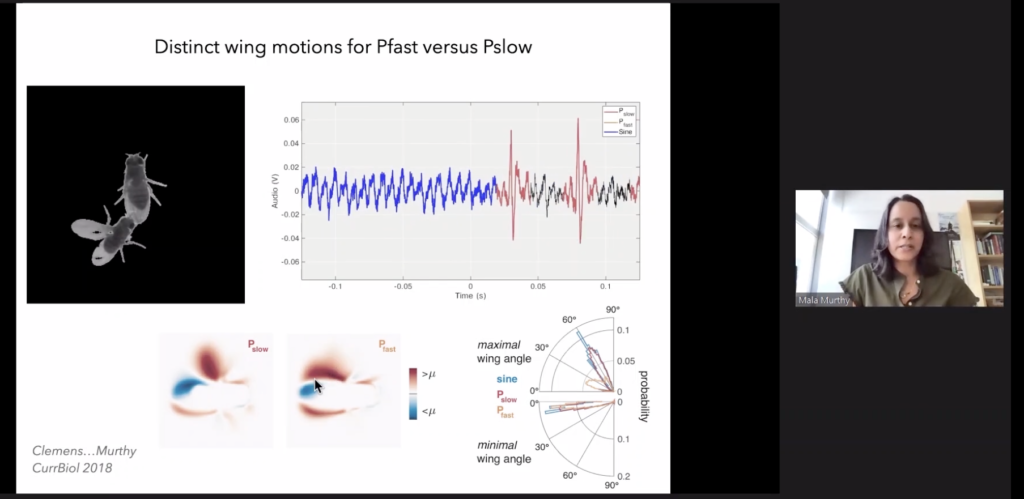
Figure 3. Dr. Mala Murthy discusses SLEAP software and courtship behavior in Drosophila.
The fourth plenary talk, given on the afternoon of June 16, 2021, was delivered by Dr. Ed Lein (Allen Institute for Brain Science and University of Washington). Dr. Lein primarily discussed the transformative potential of the human brain cell census in health and disease. His lab is part of the NIH BRAIN Initiative Cell Census Network, and they have been performing a transcriptionally based classification and census of cell types in mouse primary motor cortex. Dr. Lein also described the benefits of systemic administration of enhancer adeno-associated viruses (AAVs) that allow for brain-wide evaluation of cellular specificity in mice. Moreover, these tools have been adapted for use in humans. One of Dr. Lein’s goals is to move beyond current generic gene replacement strategies to precision gene therapy, such as exploring Alzheimer’s disease pathology at the cell type level to generate new pathways for therapeutics. Dr. Lein was introduced by Dr. Richard Hodes, director of the National Institute on Aging (NIA).
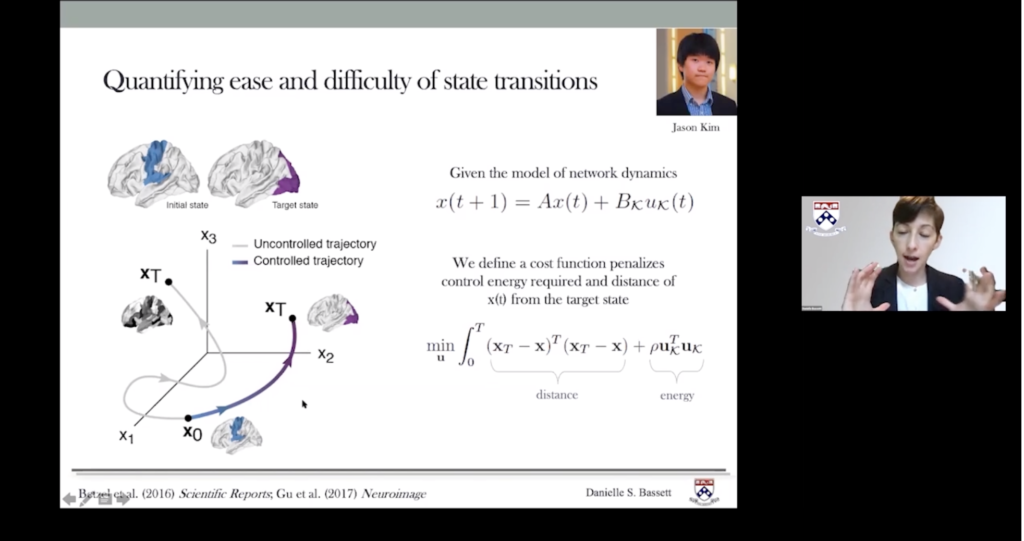
Figure 4. Dr. Danielle Bassett describes transitions among different brain states.
Dr. Danielle Bassett (University of Pennsylvania) gave the fifth plenary talk on the morning of June 17, 2021. She discussed advances in computational psychiatry and understanding cognitive control as a network process. Dr. Bassett is working to develop a theory for brain state transitions and their control. One question she asks is, what sorts of transitions between patterns of synchronous firing are important for the brain. The overall take-home message from Dr. Bassett’s talk was that network architecture of neural systems determines which transitions are easy versus which transitions are more complex, with relevance to human development, disease, and drug development. Dr. Bassett was introduced by Dr. Nora Volkow, director of the National Institute on Drug Abuse (NIDA).
The 7th Annual BRAIN Investigators Meeting was concluded with a final plenary and discussion on diversity, equity, and inclusion. This session was moderated by Dr. John Ngai, the director of the NIH BRAIN Initiative, and Dr. Elba Serrano (New Mexico State University). Speakers in this panel discussion included Dr. Bruce Fischl (Harvard Medical School), Dr. Megan Carey (Champalimaud Center for the Unknown), Dr. Oliver Rollins (University of Louisville), and Dr. Ute Hochgeschwender (Central Michigan University). From soccer teams to tribal communities, these speakers are all working to increase inclusion both inside and outside the laboratory. The purpose of this plenary was to facilitate a discussion about the successes the panelists have seen on the ground, in their own lives, that support a more diverse workforce. One goal of the panel was for everyone watching to leave with at least one action they can take to change the landscape of diversity in neuroscience and neurotechnology.
Symposia Talks
In addition to the exciting plenary talks, there were six research symposia sessions at the 7th Annual BRAIN Investigators Meeting, with two symposia sessions each day.
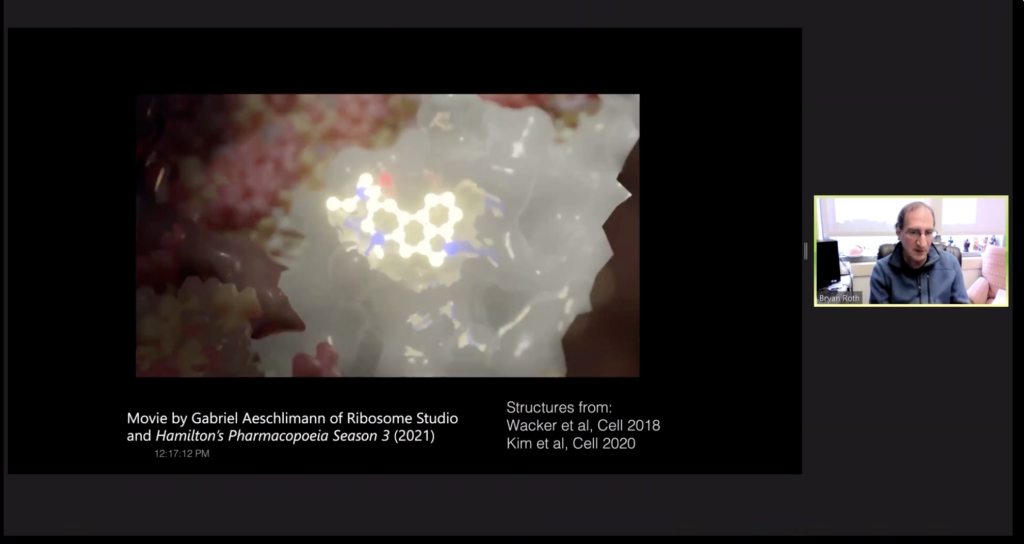
Figure 5. Dr. Bryan Roth discusses molecular modeling and GCPRs.
On June 15, 2021, Dr. Dirk Trauner (New York University) and Dr. Ehud Isacoff (University of California, Berkeley) moderated the session, “Engineering Receptors for the Precision Control of Neural Networks”. The first speaker was Dr. Bryan Roth (University of North Carolina), who discussed how drugs interact with and activate G-protein coupled receptors, such as the serotonin type 2A receptor that is of particular interest right now. Dr. Roth also described how molecular modeling and ultra-large-scale docking help to identify new chemotypes for GPCRs, which may lead to new therapeutic tools. Next, Dr. Joshua Levitz (Weill Cornell Medicine) talked about photo switchable metabotropic glutamate receptors for neuromodulation of prefrontal circuits. Dr. Levitz said that scientists need targeted drug action, such as GPCR subtype specificity, and cell type and projection specificity, to better study and understand neural networks. Then, Dr. Lin Tian (University of California Davis School of Medicine) described her research imaging serotonin and psychedelics with an engineered biosensor. Her genetically encoded indicators allow for imaging of neuromodulator dynamics. Following Dr. Tian’s talk, Dr. Prashant Donthamsetti (University of California Berkeley), who is a postdoctoral researcher in Dr. Ehud Isacoff’s lab, described cell specific molecular gating of dopamine circuits. Their goal is to control dopamine release at specific sites within the brain. Finally, Dr. Scott Sternson (University of California, San Diego and HHMI Janelia Research Campus) discussed ultrapotent chemogenetics with chimeric ion channels to move these tools into human use.
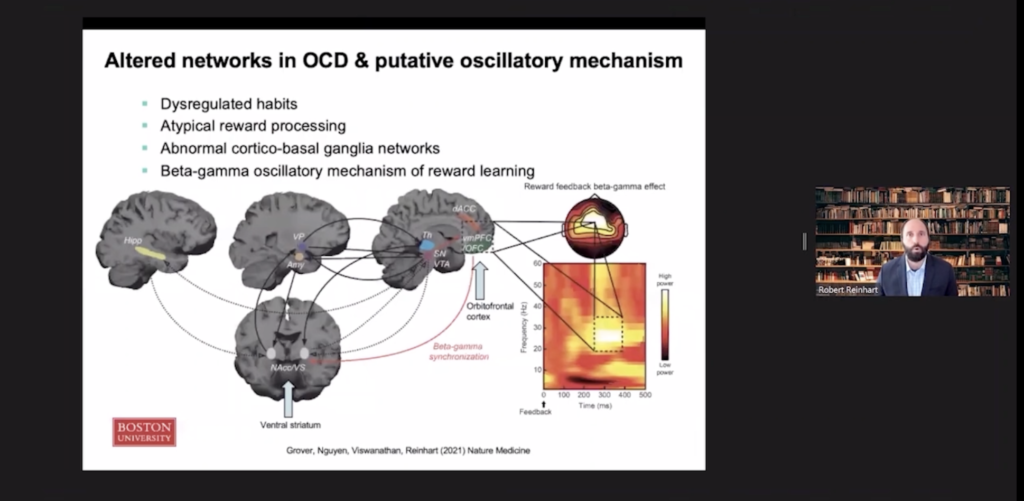
Figure 6. Dr. Robert Reinhart talks about altered network connectivity in obsessive-compulsive disorder.
The second symposium session held on June 15, 2021, “Development of Brain Stimulation Responsive to Neural Dynamics,” was moderated by Dr. Karunesh Ganguly (University of California, San Francisco). Dr. Ganguly first talked about low frequency oscillatory dynamics and motor recovery in the context of stroke recovery. Then, Dr. Alexander Opitz (University of Minnesota) described his translational research in non-invasive neuromodulation in nonhuman primates. All the Opitz’ lab tools are freely available on their website. Next, Dr. Joni Wallis (University of California, Berkeley) described the dynamics of prefrontal computations during decision-making. To determine the causal role of theta phase locking in the orbitofrontal cortex during reinforcement learning, they used closed-loop, microstimulation procedures in a nonhuman primate model. Dr. Wallis was followed by Dr. Samantha Santacruz (University of Texas at Austin), who also talked about closed-loop microstimulation in a nonhuman primate model. She described how prefrontal cortical areas modulate neural correlates of anxiety and drive coherence in LFP power between the prefrontal cortex and the striatum. Next, Dr. Robert Reinhart (Boston University) discussed improving obsessive-compulsive behaviors with personalized neuromodulation in people. Dr. Reinhart and his team are working to determine how gamma oscillations in the orbitofrontal cortex during reward learning modulates behavior. Finally, Dr. Katherine Scangos (University of California, San Francisco) described her work on personalized closed-loop deep brain stimulation treatment for people with depression. Their biomarker driven closed-loop therapy approach found that the power of gamma oscillations in the amygdala correlates with symptom severity.
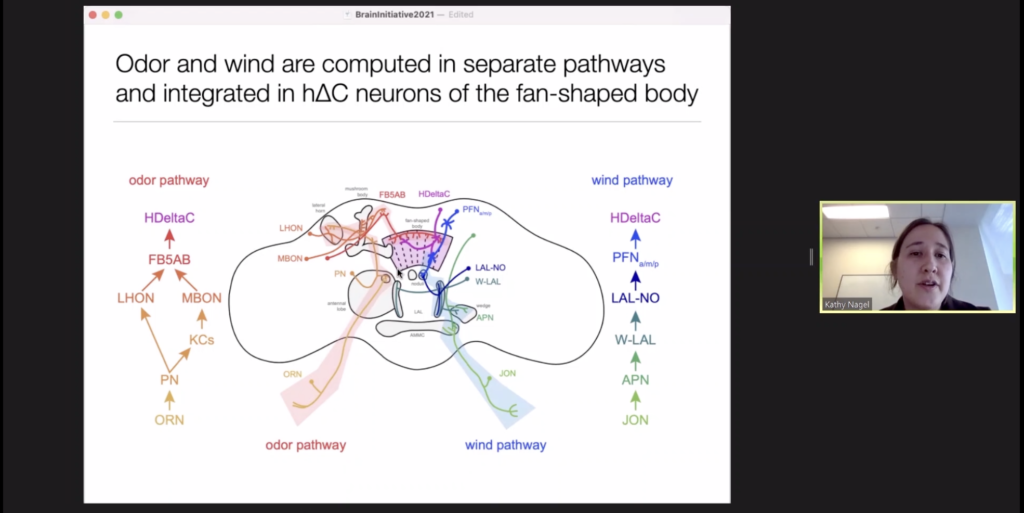
Figure 7. Dr. Katherine Nagel discusses odor and wind direction in the fruit fly.
The first symposium on June 16, 2021 entitled, “Olfaction: From Sensation to Behavior,” was moderated by Dr. Dmitry Rinberg (NYU Langone Health) and Dr. Elizabeth Hong (California Institute of Technology). Dr. Davi Bock (University of Vermont) discussed structured sampling of olfactory input by the Drosophila mushroom body, which is a cluster of neurons that looks like a mushroom and receives input from the olfactory projection neurons. Dr. Bock and his team have found unexpected network structure in the Drosophila mushroom body, wherein sensory inputs are not sampled randomly during olfactory processes. Next, Dr. Katherine Nagel (Neuroscience Institute NYU Langone Health) discussed neural circuits for olfactory navigation in Drosophila. Dr. Nagel and her team have found that wind direction is computed by comparing displacements of two antenna, and they also identified the central neurons that generate these representations. Dr. Matt Wachowiak (University of Utah) spoke next. He described odor mapping in Drosophila and the link between olfactory bulb glomeruli to their characteristic odorants. Finally, Dr. Kevin Franks (Duke University) talked about a mechanistic understanding of mammalian olfaction and the spatiotemporal specificity of glomeruli.
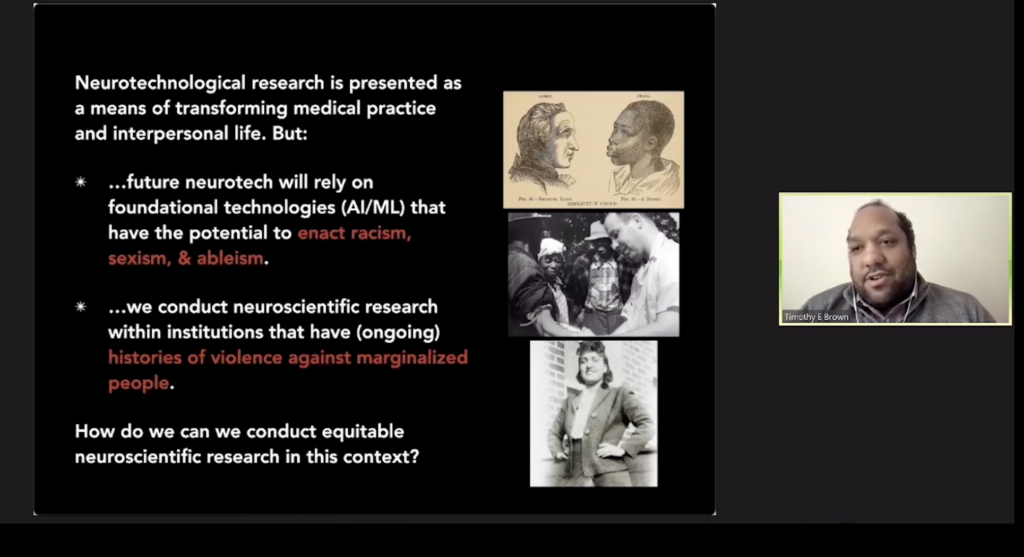
Figure 8. Dr. Timothy Brown discusses ethics in research from a philosophical perspective.
The second symposium on June 16, 2021 was titled, “Achieving Diversity, Equity and Inclusion in Neuroscience Research in Under-Served, Under-Resourced and Remote Settings.” This session was moderated by Dr. Francis Shen (University of Minnesota Law School and Harvard Medical School). The panel for this symposium discussed how on-site experiments at R1 universities (i.e., doctoral universities – very high research activity) limit the diversity of participants. They also posed the question, “How can technology allow neuroscience research to be conducted in under-served and remote settings?” The first speaker after Dr. Shen’s introduction was Dr. Karen Rommelfanger (Emory University Center for Ethics). She discussed neuroethics on the global neuroscience stage and the importance of international partnerships and community engagement. Next, Dr. Timothy Brown (University of Washington, Seattle) discussed social justice in brain computer interface research (both problems and solutions). He noted that recognition, representation, and uptake were all part of the same coin. This means that not only should marginalized groups be included in participant pools, but they also need to be represented within the scientific community and among community leaders. Dr. Jayashree Dasgupta (Sangath) described her experiences conducting neuroscience field research in a low-income and middle-income countries (LMICs) context. She discussed was how parents in these countries do not understand research participation, which can present problems with informed consent. Dr. Dasgupta was followed by Dr. Katie Sale (American Brain Coalition), who described the coalition she works with and how it ties into the BRAIN Initiative program. She also described a “Neuroscience Center of Excellence” that they hope to help start to bridge the gap between neuroscientists and the public. Before opening up for questions, Dr. Shen mentioned that field-based imaging techniques are coming soon that could raise ethical concerns. The project includes a working group of experts in neuroscience, neuroethics, and the law, and Dr. Shen hopes to come back to the BRAIN Initiative Investigators Meeting next year with updates.
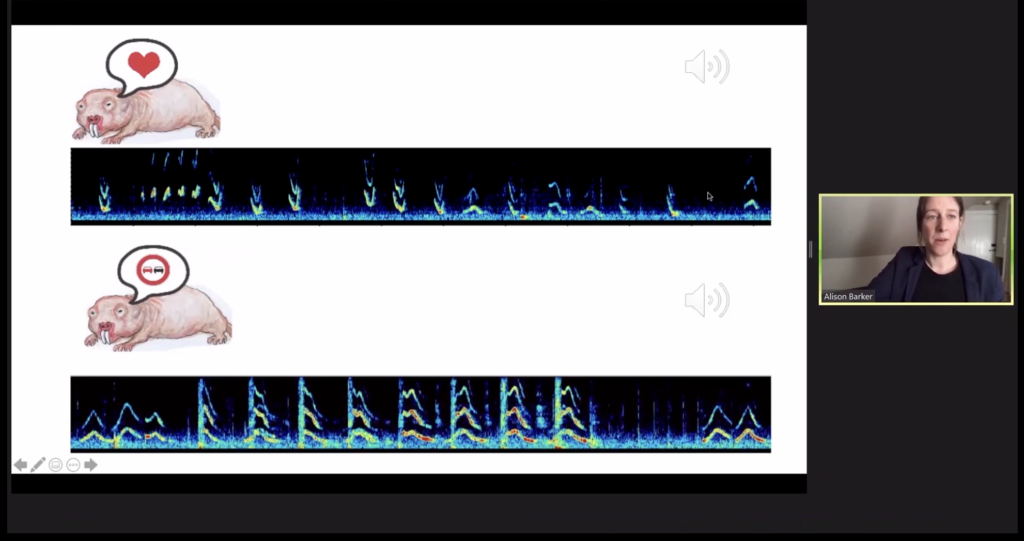
Figure 9. Dr. Alison Barker describes vocalizations in the naked mole rat.
On the final day of the meeting, there were two additional concurrent symposia sessions. One was titled, “Diversity of the Social Brain.” This symposium was moderated by Dr. Nancy Padilla-Coreano (Salk Institute) and organized by Dr. Ismail Ahmed (New York University School of Medicine) and Dr. Bianca Jones Marlin (Columbia University). Dr. Robert Froemke (New York University School of Medicine) spoke first and expounded on the neural basis of cochlear implant use in rats. Then, Dr. Alison Barker (Max Delbrück Center for Molecular Medicine) discussed cultural transmission of vocal dialect in the naked mole rat. To study this, they use, in part, a combination of machine learning algorithms and image recognition technology. Dr. Ishmail Abdus-Saboor (University of Pennsylvania) described a skin-to-brain circuit in reward for social touch. His research has shown that optogenetic activation of skin sensory B4 neurons leads to touch-dependent posturing and reward-like behaviors. Next, Dr. Kay Tye (Salk Institute) discussed the neural representation of social isolation and rank. Understanding the neuroscience underlying loneliness may be particularly important now, in the time of COVID-19 and social distancing. Finally, Dr. Karen Adolph (New York University) talked about how infant development is social. One tool her team uses is Datavyu to analyze movements from videos.
The final symposium, “Toward a Functional Cell Census: Approaches to Integrate Large Scale Activity Dynamics with Transcriptional Profiles and Connectivity of Individual Cells,” was moderated by Dr. Olivier Berton (National Institute on Drug Abuse). The first speaker was Dr. Saskia de Vries (Allen Institute). She discussed responses of molecularly-defined neurons in the visual cortex using the Brain Observatory. Next, Dr. Christina Kim (Stanford University) talked about a new tool called FLiCRE. This is a molecular calcium integrator that allows for detection of activated neural ensembles in awake and behaving mice. Then, Dr. Timothy Holy (Washington University at St. Louis) described his recent work with PhOTseq, an efficient all-optical pipeline for identifying molecular expression from function. Next, Dr. Justus Kebschull (Johns Hopkins University) described his work barcoding the brain using BARseq (the next generation of MAPseq) and BRICseq (mapping brain region-to-region connectivity at a faster and lower cost compared to other techniques). Finally, Dr. Shengjin Xu (HHMI Janelia Research Campus) discussed molecular and function interrogation of neuronal ensembles in the paraventricular region of the hypothalamus using CaRMA imaging (calcium and RNA multiplexed activity imaging).
Research Highlight Talks
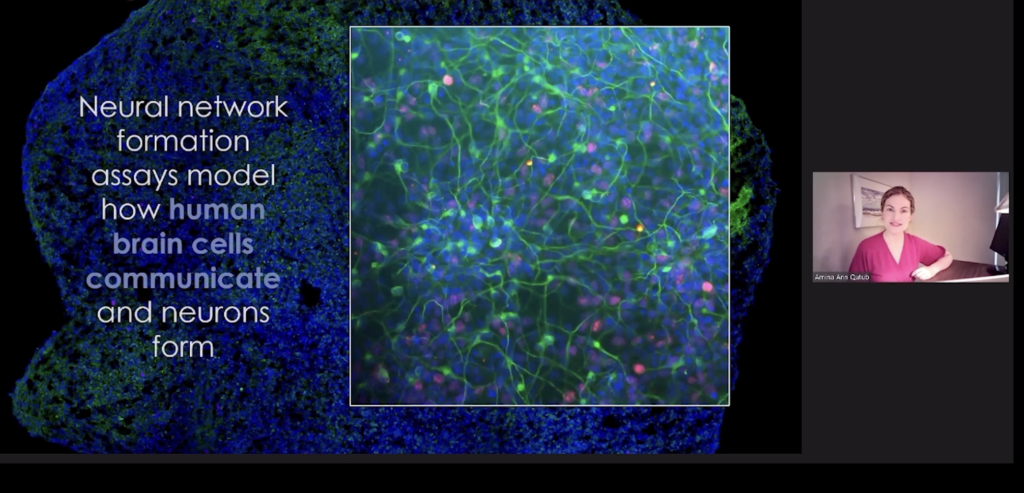
Figure 10. Dr. Amina Qutub describes cytoNet.
This year’s meeting also included three concurrent research highlight talk sessions. Dr. Yong Yao (NIMH) moderated the first group of speakers who each discussed a different tool in neurotechnology. First, an atlas of arealization that identifies dynamic molecular signatures in the developing human brain was described by Dr. Aparna Bhaduri (University of California, Los Angeles). Next, the use of cytoNet to analyze single cell communication during the formation of neural networks was described by Dr. Amina Qutub (University of Texas at San Antonio). The final talk of the session was on deciphering the neuronal mechanics of human episodic memory by Dr. Ueli Rutishauser (Cedars-Sinai).
Dr. Kari Ashmont (National Institute of Neurological Disorders and Stroke [NINDS]) moderated the second concurrent session. The session kicked off with a discussion on the barriers and ethical concerns about psychiatric electroceutical interventions for treatment-resistant depression through a large national survey study with Dr. Laura Cabrera (Pennsylvania State University). Then, a wearable, modular, fiberless, bendable, and 3-D aware functional near-infrared spectroscopy system was described by Morris Vanegas (a graduate student in the lab of Dr. Qianqian Fang at Northeastern University). Finally, a presentation on noninvasive interventions of deep brain circuits in behaving primates was given by Dr. Taylor Webb (Princeton University).
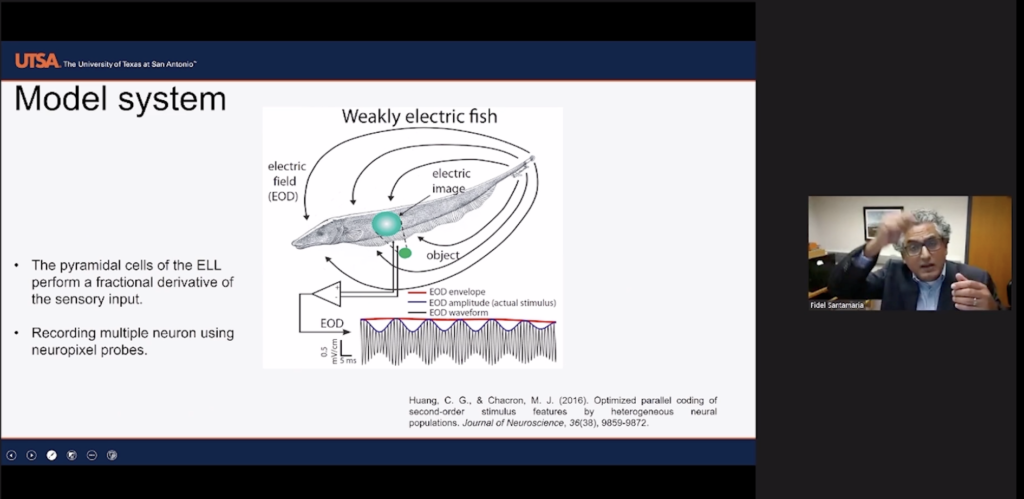
Figure 11. Dr. Fidel Santamaria discusses coding in the electric fish.
Dr. Karen David (NINDS) moderated the third and final concurrent research highlight session. Parallel memory systems for efficient recognition and the interactions between orbitofrontal cortex and hippocampus were first discussed by Dr. Anna Jafarpour (University of Washington). The next talk was about how hippocampal replay reflects specific past experiences rather than a plan for subsequent choice behaviors by Dr. Anna Gillespie (University of California, San Francisco). Finally, optimal coding and complex spiking in hardware implementations of fractional order neuronal dynamics in fish was described by Dr. Fidel Santamaria (University of Texas at San Antonio).
Trainee Awards and Specialty Sessions at the 7th Annual BRAIN Investigators Meeting
Many trainees were also highlighted during the 7th Annual BRAIN Investigators Meeting. Thirty (30) Trainee Highlight Awardees presented approximately 4 minute “flash” talks alongside scientific posters that outlined their specific contribution to a broader BRAIN Initiative project. There was also a science communication session moderated by Margo Warren (NINDS). The speaker for this session was Jamie Talon (Atlantic Foundation and Zucker School of Medicine at Hofstra/Northwell), a journalist who has focused on brain research for the past 40 years.
“The brain was my beat,” said Jamie Talon as she described her journey through science, medicine, and journalism. “There’s always a story,” she said, and encouraged scientists to share their stories with journalists.

Figure 12. Jamie Talan describes her work in the world of science communication.
Another session held on the final day of the BRAIN Investigators meeting, “Engaging the Next Generation in STEM,” focused on strategies that exist and can be implemented by individuals across sectors and career stages. Moderated by Dr. John Ngai (NIH BRAIN Initiative) and Dr. Kafui Dzirasa (Duke University), the speakers in this special session included post-doctoral fellow Dr. Cagney Coomer (Dartmouth College; NERD SQUAD Inc.) and graduate student Christian Cazares (University of California, San Diego; Colors of the Brain). This year’s BRAIN Challenge Essay and Video Contest winners also participated in the discussion.
There was also a “Show and Tell” session held by the National Science Foundation (NSF)’s NeuroNex program prior to the final plenary. NeuroNex is aimed at enabling researchers by providing them access to tools and resources, as well as providing conceptual foundations within this collaborative network. The session was moderated by Dr. Edda (Floh) Thiels (NSF) and speakers included Dr. Xaq Pitkow (Rice University), Dr. Viviana Gradinaru (Chen Institute at Caltech), Dr. Francois St. Pierre (Baylor College of Medicine), and Dr. Joshua Vogelstein (Johns Hopkins University). One example of a new tool from NeuroNex can be seen in the development of the next generation of genetically encoded voltage indicators (GEVIs) called, “Jellyfish-derived Electricity-reporting Designer Indicator (JEDI),” by Dr. St. Pierre. The science is certainly with him – and all of the BRAIN investigators!
Altogether, the 7th Annual BRAIN Initiative Investigators Meeting was a rousing success, and we can’t wait until next year’s event! Sharing our research with each other is one of the best ways to push the fields of neuroscience and neurotechnology forward.
Check out this NIH BRAIN Director’s Message to learn about Dr. John Ngai‘s perspective and key take-aways on the 7th Annual BRAIN Initiative Investigators Meeting.

